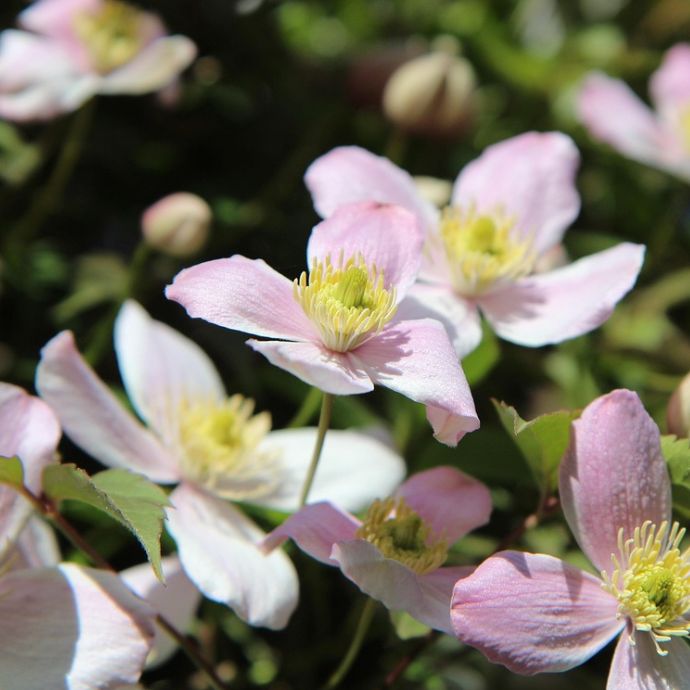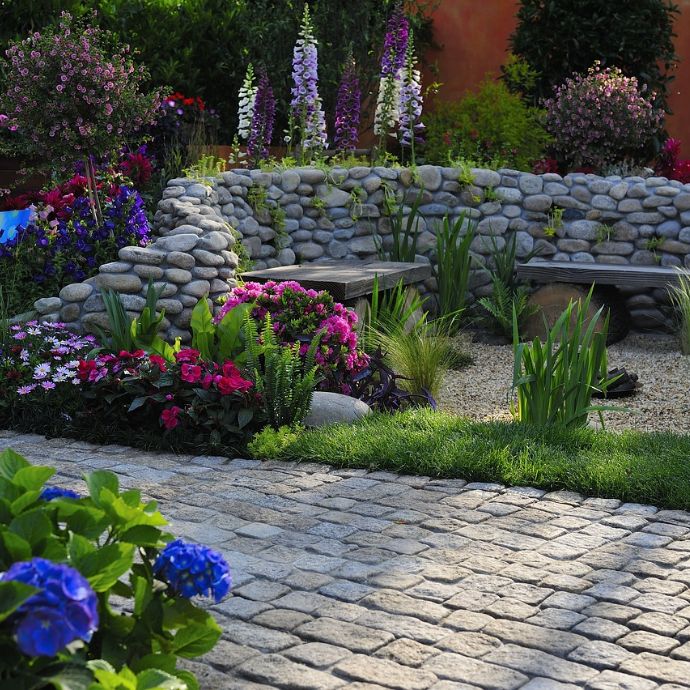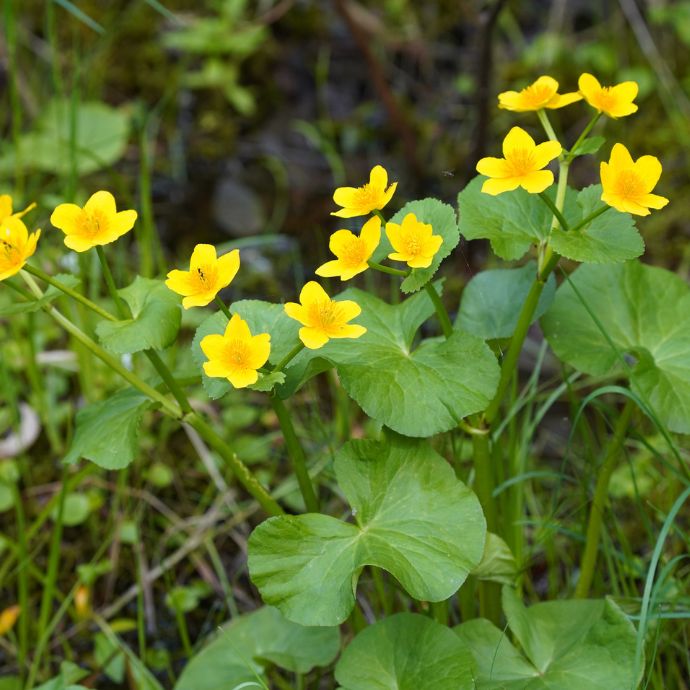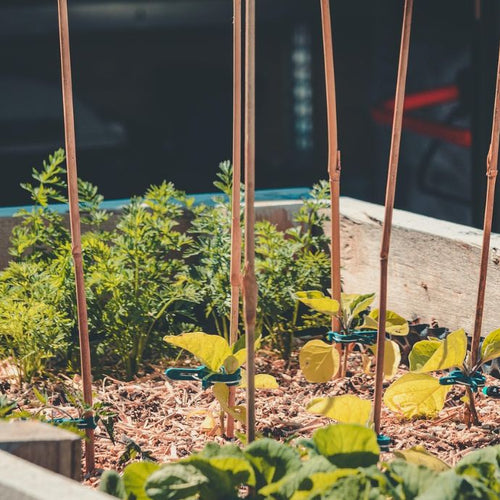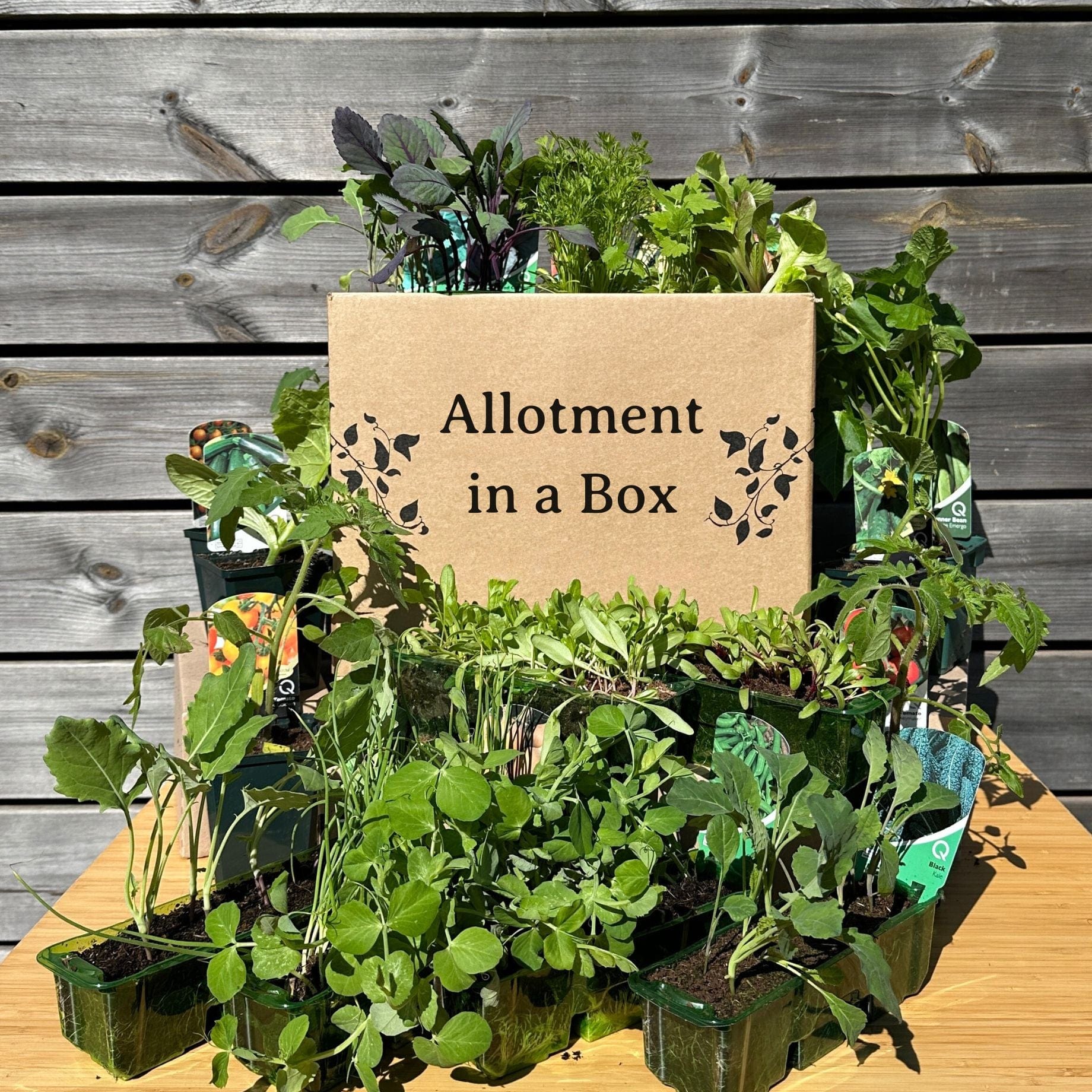Advice & Inspiration
Growing Carrots: The Complete Guide
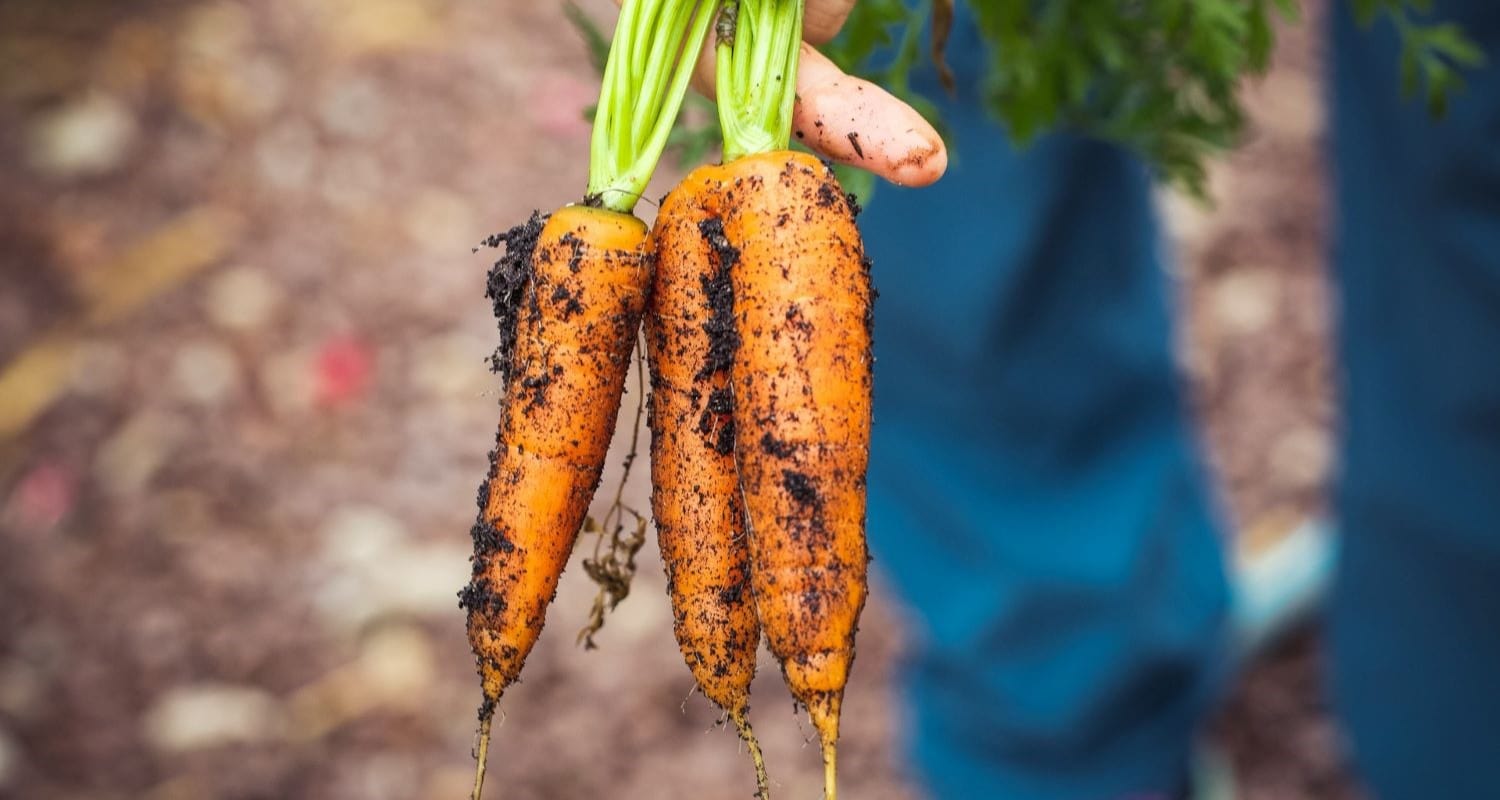
Can you imagine a vegetable patch without carrots? Me neither! They’re so much nicer than shop bought, take up relatively little space and you can get a much wider variety of shapes, sizes and colours by growing your own.
To make sure you get a good crop from your carrot plants with no problems, just follow this guide - it’s got all the knowledge and insider tips you need, direct from our expert growers.
Jump to:
Which carrots are the best to grow?
Which carrots you choose depends entirely on what you like to eat and what growing space you have available. You can just grow standard orange carrots, but they’re pretty cheap in the shops so why not mix it up a bit by adding purple, white and yellow varieties too?
Carrots don’t take up a lot of growing space in your beds, but they do need deep soil (at least 30cm) to develop properly. If you don’t have this, don’t worry - just see the section below on growing in pots.
You’ll see early and maincrop carrot varieties for sale - earlies can be planted at any time from March (or February under cover) and maincrops are usually planted at the end of April, however this isn’t set in stone and a lot of growers make repeat sowings until early summer with no ill effects.

How to grow carrots from seed
Carrot seeds can be sown directly outside or in pots indoors, with the best time for planting being between March and June. The seeds are too tiny to sow individually, so they’re best sown in drills (long, thin trenches). Our growers recommend mixing the seed with dry sand to make it easier to sprinkle, as well as letting you see where you’ve sown it.
For outdoor sowings, your seed drill should be about 2cm deep, with rows 15cm apart if you’re making more than one. Don’t worry about sowing too much seed - you tend to get loads in a packet, so if you have to thin some of the seedlings out when they come up, it’s not a bad thing.
Cover your seeds with a very thin layer of soil mix, firm it down and water. You should see shoots peeping through after about two weeks.
Growing carrots from plants
Choosing carrot plants gives you a better chance of success (as you won’t get the disappointment of non-germinating seeds) and is also handy if you’ve left planting a bit late and need a head start. Carrot plants usually come in strips which need to be grown on - that means that you need to carefully take them out of their strip and plant each one in its own pot of compost until it’s big enough to go in the garden. If the roots are tangled together, you can tease them apart in a bowl of water.
If your carrot plant comes as a large plant in its own pot, it can go straight in the garden as long as it’s warm enough and the last chance of frost has passed. If it’s too early to plant out, just keep your plant in a warm, frost-free place, repot it if it grows too big and water it regularly while you wait.
Can you grow carrots in pots?
Carrots can be grown in pots - in fact it’s a good idea if you’re short on garden space or as an easier way of getting the soil mix right. If you want to grow full sized carrots, make sure you use a really deep pot which doesn’t narrow too much towards the bottom (30cm deep at a minimum) and which has good drainage holes. I love to grow Chantennay carrots in pots, as they’re naturally short and cone shaped, so they won’t be restricted in a smaller pot. Even better, they don’t need peeling when you eat them, so just give them a rinse and throw them in the kids’ lunch boxes.
Can you grow carrots from carrot tops?
Did you ever grow plants from carrot tops in a saucer of water when you were a kid? It’s a really fun project, but it has a practical side too. Although you won’t get a new carrot, you will get lots of leaves, which you can keep as a house plant or harvest and eat in a salad - they’re very nutritious! As carrots are biennial (they produce foliage one year and flowers and seeds the next), if you keep them long enough, you’ll be able to harvest viable seeds which you can plant to make a whole new bunch of carrots.
When can I plant carrots?
You should plant your carrots outside from late April to early July. Make sure the last frost date has well and truly passed - this will vary from area to area but you can check here. The later you plant carrots the later you can expect to harvest them. For a constant supply, sow or plant every couple of weeks and your carrots will keep on coming right the way through to November.
What kind of soil do carrots need?
This is probably the most important thing to get right when you’re growing carrots - they need light and sandy, well-draining soil and if they don’t get it, they’ll grow weird and stunted, if at all.
Most garden soils will be too heavy to grow carrots, so you ‘ll need to make a mixture of half soil and half sand to plant them in. If your soil is a bit on the clay heavy side, it’s worth using compost instead of the soil.
How far apart should I plant carrots?
If you’re planting your carrots in the ground in rows, plant them 6-8cm apart with 30cm in between the rows. 6-8cm is also the perfect spacing for carrots in pots. If you’ve planted them in a strip, don’t be tempted to thin out your carrot seedlings too much, even if they look crowded, as this tends to attract carrot root fly (see below). When they’re bigger and more established you can space them out to 6-8cm.

Carrot plant care
How much sun do carrot plants need?
Carrot plants do best in a position where they’ll get direct sunlight for six to eight hours a day. Having said that, they’ll be perfectly fine with a bit of partial shade, especially if the weather’s warm and dry - they might just take a couple of weeks longer to grow.
Do carrot plants need feeding?
Carrots are not hungry feeders but if your soil is very poor (I’m talking newbuild housing development on the site of a former chemical works here) then adding a blood fish and bone fertiliser will help them out. Always err on the side of caution - if the nutrient content is too high, you run the risk of two-pronged or similarly weird shaped carrots.
How much should you water carrot plants?
Carrots don’t need lots of water, but don’t leave them to dry out in very hot weather, or the roots may split. You should be fine with just an initial watering when planting in spring, and increasing this as the weather warms up, to 2-3 times per week.
How long do carrots take to grow?
Carrots take about three months to grow from seed. If you grow from strip plants you should be able to harvest your carrots after around ten weeks, depending on growing conditions.
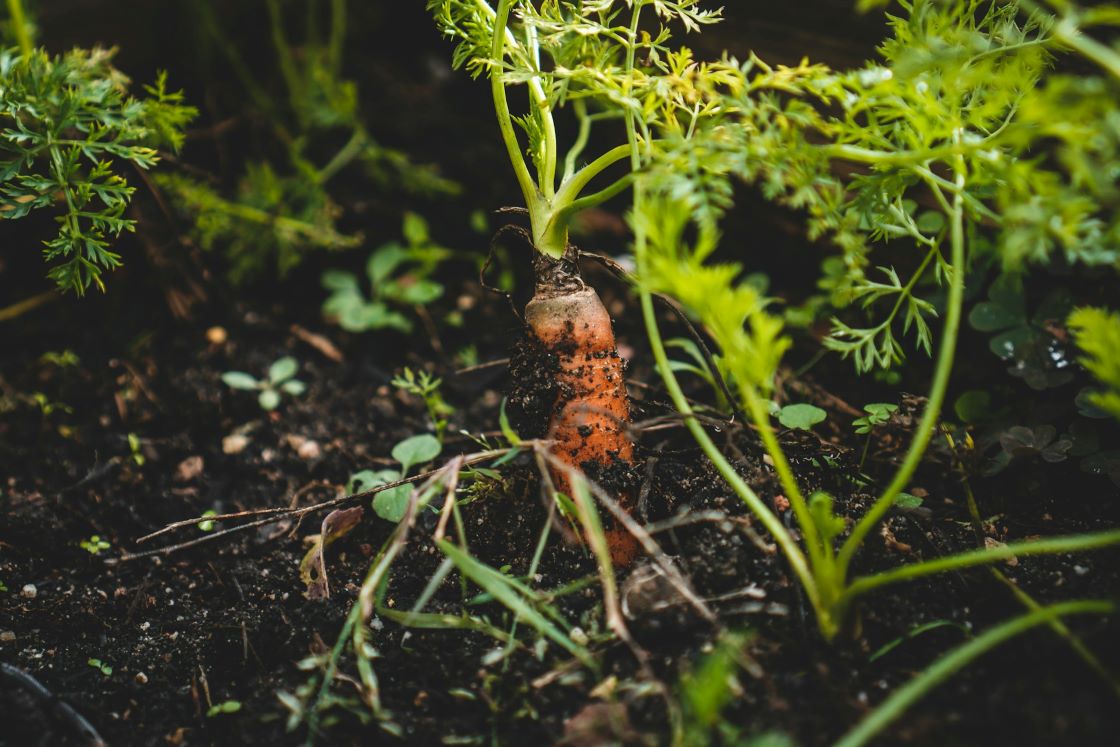
When and how to harvest carrots
Since they’re under the ground, how can you tell when your carrots are ready? You may see the tops peeping out from the soil, which is a good indication that they’re fully grown - the size of the top should give you an idea of the whole carrot’s size and you can then pull them when they’re the size you want.
Wait until the soil is wet (or water them first) then grab the leaves at the base and gently pull up the root. Unless you’re harvesting all your carrots at once, water again afterwards to resettle the soil around the remaining carrots.
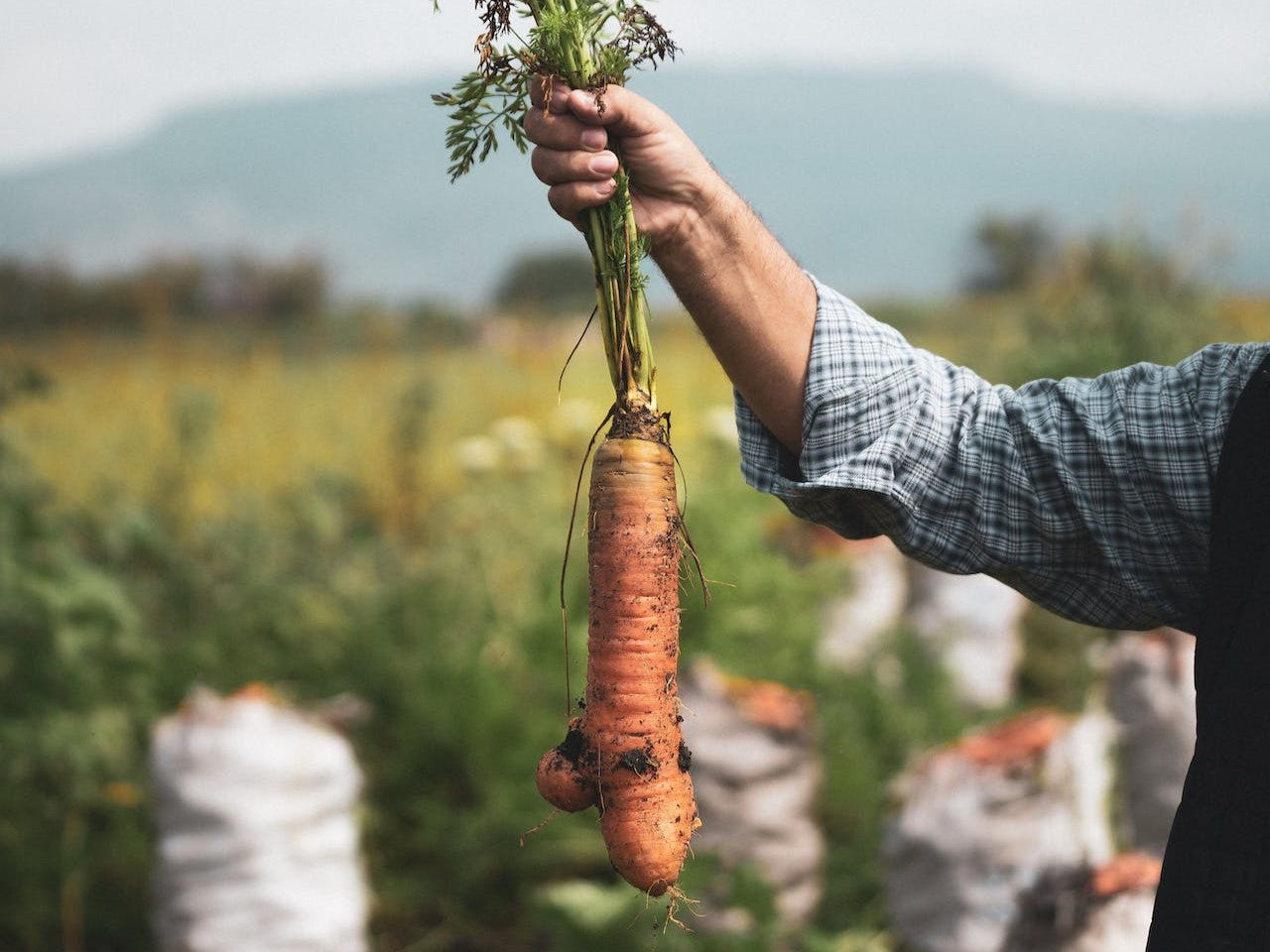
Carrot plant problems
Carrot root fly
Carrot root flies are the carrot’s number one enemy. They lay their eggs on or near the plants, then the resulting maggots eat into the carrots before you can say “complete horror show”.
Your best protection against them is to cover your carrot plants in a horticultural fleece or fine mesh to prevent them laying eggs in the first place, or plant a strong smelling companion plant such as garlic or chives near your carrot plants to confuse and deter the pests.
The beasties are attracted to the smell of carrots, so when you do any thinning or harvesting, you’re best off doing it in the evening or at night, when the flies are less active.
Weird shaped carrots
Most of the time, weirdly shaped carrots are nothing to worry about - they’re just nature’s way of supplying you with social media content. However if your carrots are all coming up too thin, too small or stunted, there’s a good chance your soil isn’t right for them. Next time you plant carrots, dig in more sand and turn over the soil really well before planting. Alternatively, try growing Chantennay carrots or other mini varieties in a pot full of compost mixed with sand next time - chances are you’ll be much more successful.
Carrot crop rotation
You should only plant carrots in the same location for a maximum of two years in a row, then rotate them with a different kind of vegetable, to prevent the build up of pests in the soil. For the best results for all your crops, plant carrots and other root veg in a bed where brassicas have been (carrots don’t need much nitrogen which is good since the brassicas will have depleted it) then plant potatoes or tomatoes the year after. Carrots are a very light feeding crop, so there’ll be plenty of goodness left in the soil for heavy feeding nightshades like these.
